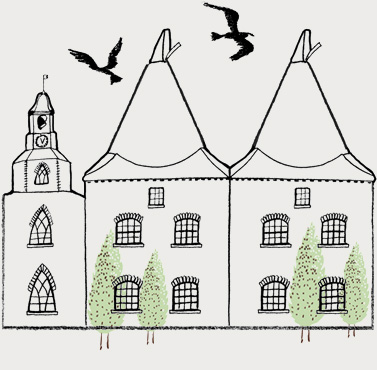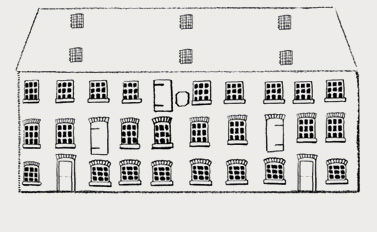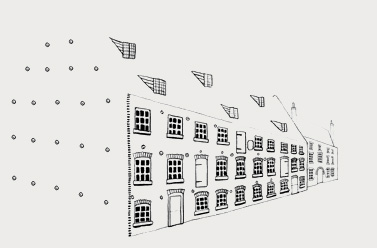Built in 1776, the House Mill is the world’s largest surviving tidal mill and one of the best kept secrets in London. A riverside gem of the early industrial revolution, today the House Mill Trust delivers a range of activities and events in the Grade I listed building including heritage tours, concerts, art exhibitions, and a range of classes.


History
The House Mill lies on an island, known since the medieval period as Three Mills. The Domesday Book recorded Britain’s earliest known mills here in 1086, whilst the foundations of the current House Mill date back to 1380-1420.
The mills provided flour for the local bakers of Stratford-atte-Bow who sold their bread in the City of London. A rare exception is recorded in 1588, the year of the Spanish Armada, when a gunpowder mill contributed to England’s war effort against Spain.
With the advent of the Gin Craze in the 18th century, several entrepreneurs came together to put the mills to an altogether different use – as part of the Three Mills Distillery. With supply contracts to the Royal Navy, the company grew in success and had its own carpenters, coopers and even operated a large farm of pigs, fedon waste products.
In 1776 the House Mill was built on the site of an earlier mill and between two houses, hence its name.The iconic Clock Mill, opposite, was rebuilt in 1817. There was also a third mill, a windmill, which survived until about 1840.
In the early 19th century the distillery was owned by the Tory MP Philip Metcalfe, before its acquisition by J&W Nicholson & Co in 1872 which produced the once popular Lamplighter Gin and established a network of freehouses, many of which continue today.
The House Mill ceased milling in 1941 after the area was bombed during the Second World War, but the Clock Mill continued to operate until 1952.


The House Mill Trust
The House Mill faced demolition in the 1970s as then site owners, Hedges & Butler, sought permission to turn the land into a car park. The House Mill was saved by the intervention of the Passmore Edwards Museum Trust, which took ownership of the building.
Renamed the River Lea Tidal Mill Trust in the 1980s (now the House Mill Trust), the Trust received generous support from several organisations, including English Heritage, for the partial restoration of the House Mill.
The neighbouring Miller’s House, badly damaged during the Blitz and demolished in the late 1950’s, was reconstructed in the 1990s with funding from the European Union. The façade was rebuilt to the original 1763 design using many of the original bricks and other materials recovered from the bombed site.
The Miller’s House provides a visitor, information, and education centre, with meeting rooms for hire and a small cafe. In 1996 it won a Civic Trust Commendation for outstanding architecture.
The garden was laid out to design suggestions by pupils of Sarah Bonnell School, and includes a herb garden.

